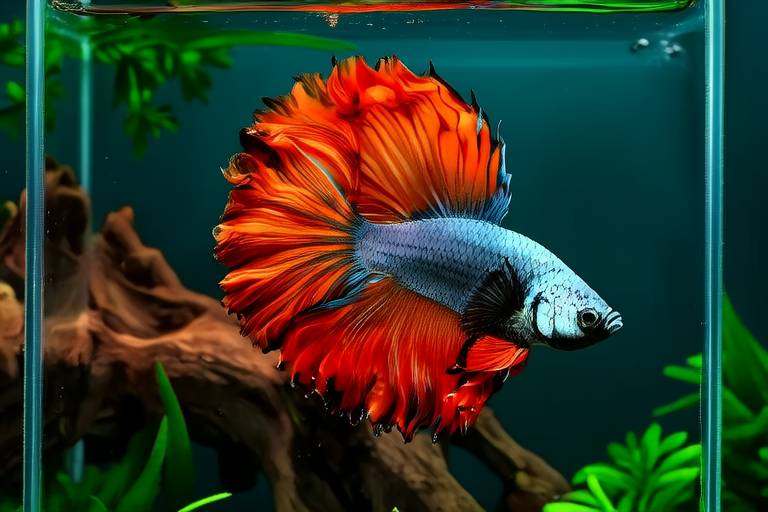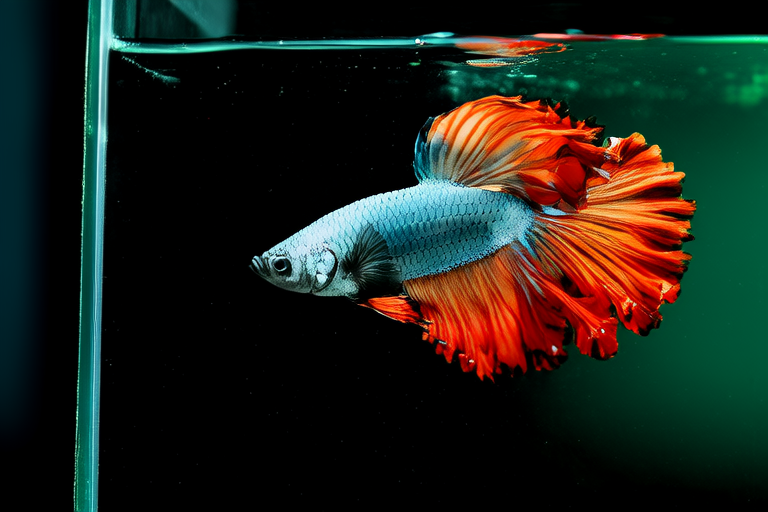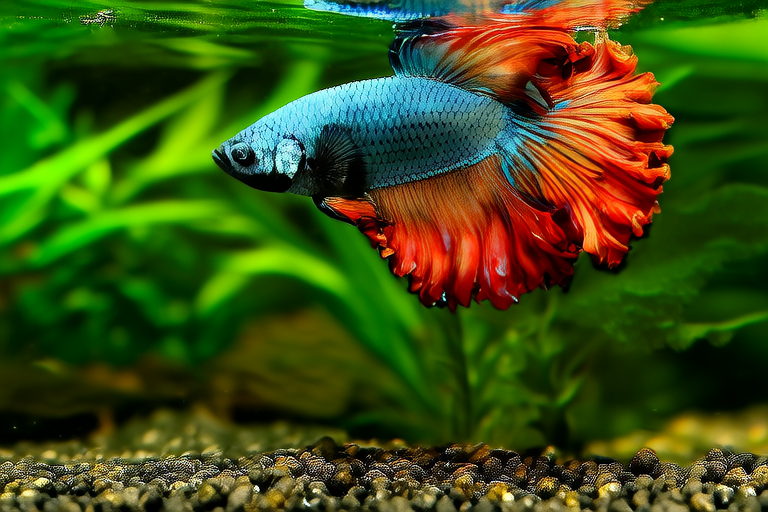
Betta Care Secrets: Tips from Experts to Keep Your Betta Healthy
Welcome to the world of vibrant, colorful bettas! These beautiful fish are popular among aquarists due to their striking appearance and relatively low maintenance requirements. However, to ensure your betta remains healthy and happy, it’s essential to provide them with the right environment and care. In this comprehensive guide, we’ll delve into expert advice on setting up the ideal tank, maintaining proper water conditions, providing a balanced diet, and addressing common health issues. We will also emphasize the importance of regular maintenance and stress reduction for bettas.
Optimal Tank Setup
The first step in caring for your betta is creating an appropriate living space. Bettas require at least two gallons of water per fish, but a larger tank is always better. A ten-gallon tank is ideal for most bettas. Ensure the tank has a secure lid to prevent escapes and keep curious pets out.
Adequate filtration is crucial for maintaining water quality. Opt for a gentle filter that doesn’t create strong currents, as bettas are labyrinth fish and prefer still or slow-moving water. Decorations such as plants, caves, and driftwood can enrich the tank’s environment and provide hiding spots for your betta. Live or silk plants are preferable to plastic ones, which may cause fin damage.
Substrate choice is another important consideration. Gravel or sand works well, but avoid sharp substrates that could harm your betta. Additionally, consider adding a heater to maintain a stable temperature between 76°F and 82°F (24°C and 28°C). This temperature range mimics the betta’s natural habitat and supports their metabolism.
Water Parameters
Maintaining the right water parameters is vital for your betta’s health. Regular testing and adjustments are necessary to ensure optimal conditions. Aim for a pH level between 6.5 and 7.5, with slightly acidic to neutral water being ideal. Ammonia and nitrite levels should be zero, while nitrate levels should remain below 20 ppm. Perform weekly partial water changes of about 20% to 30% to maintain these parameters.
Use a dechlorinator to remove harmful chemicals from tap water before adding it to the tank. Also, consider using a water conditioner specifically designed for bettas to ensure the water is safe for them. Test the water regularly with reliable test kits to monitor ammonia, nitrite, nitrate, pH, and hardness levels.






